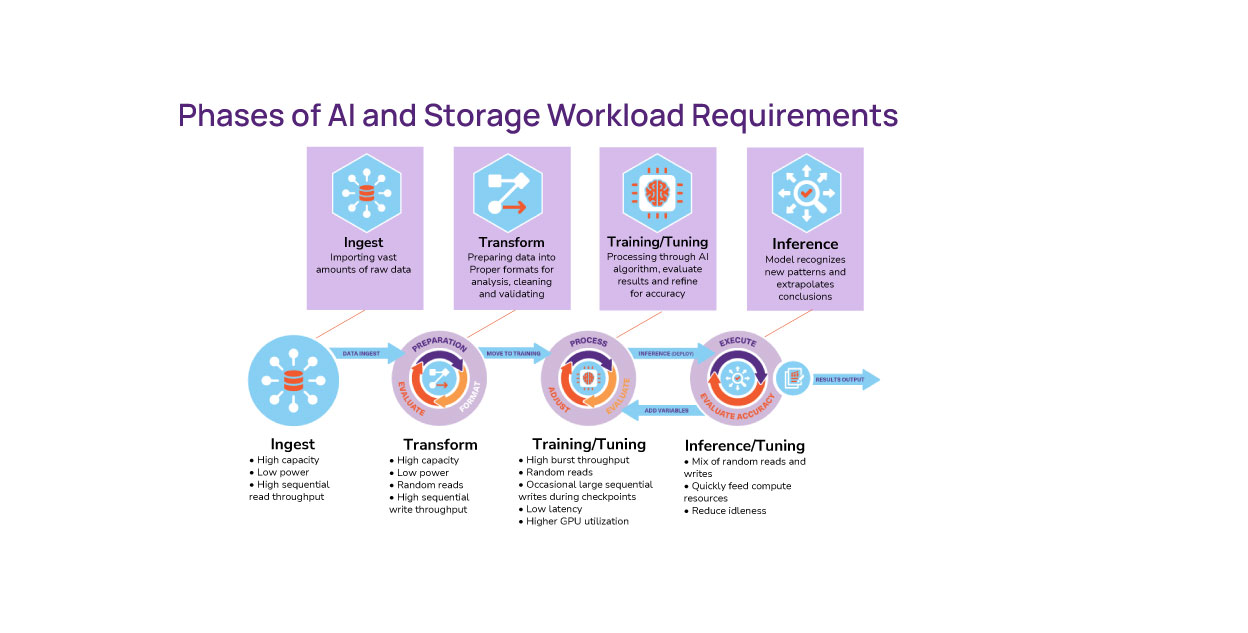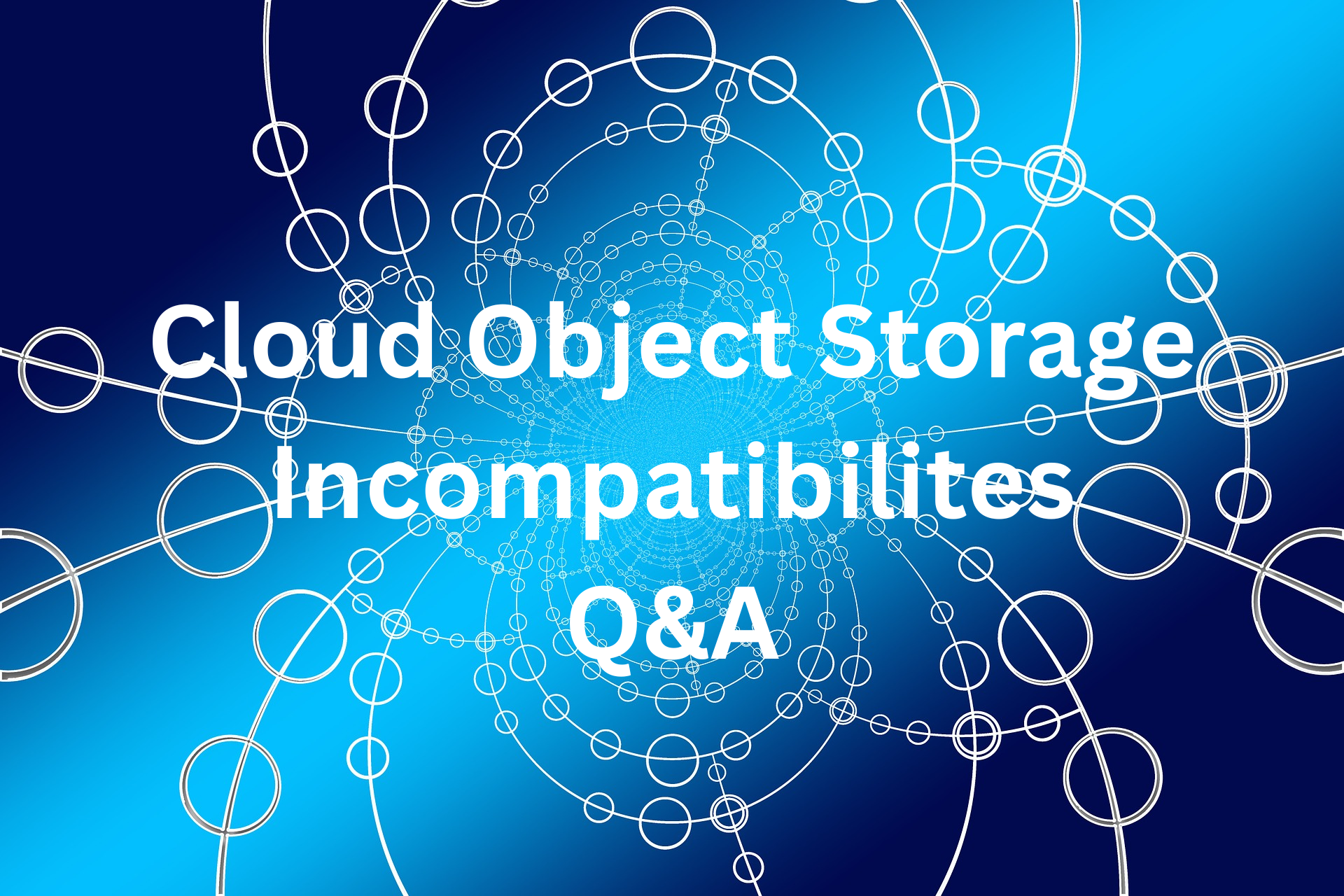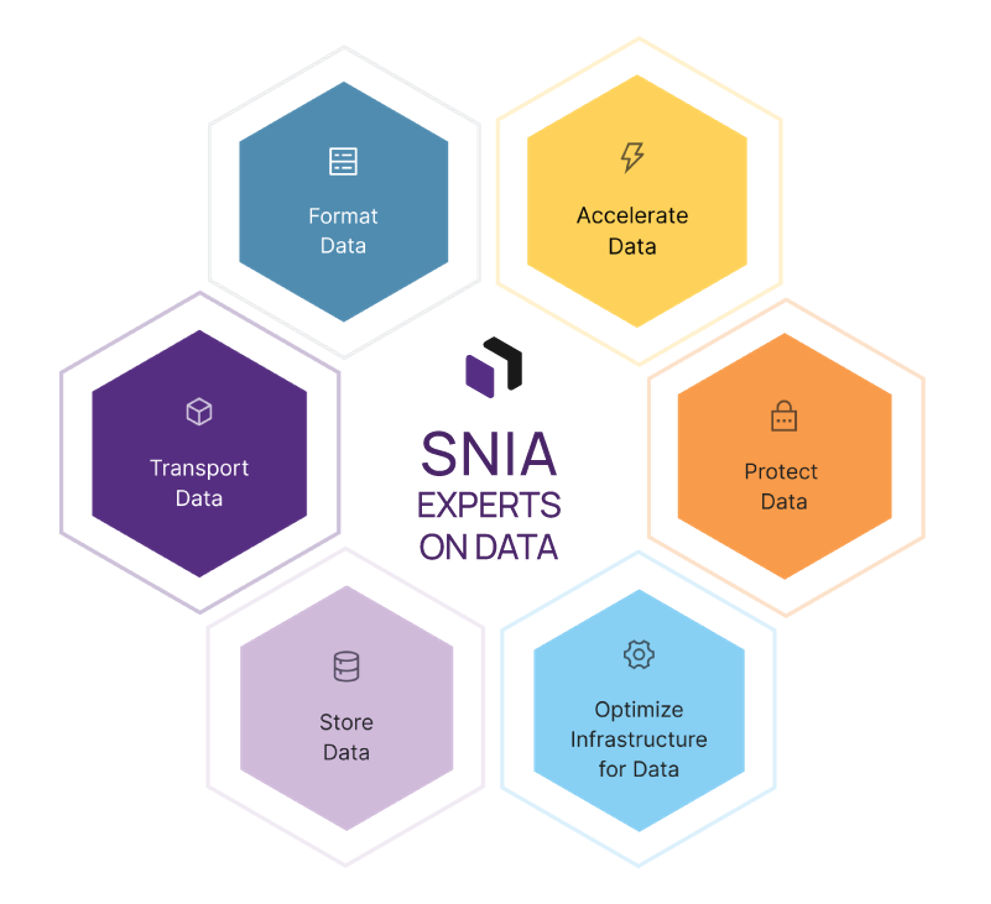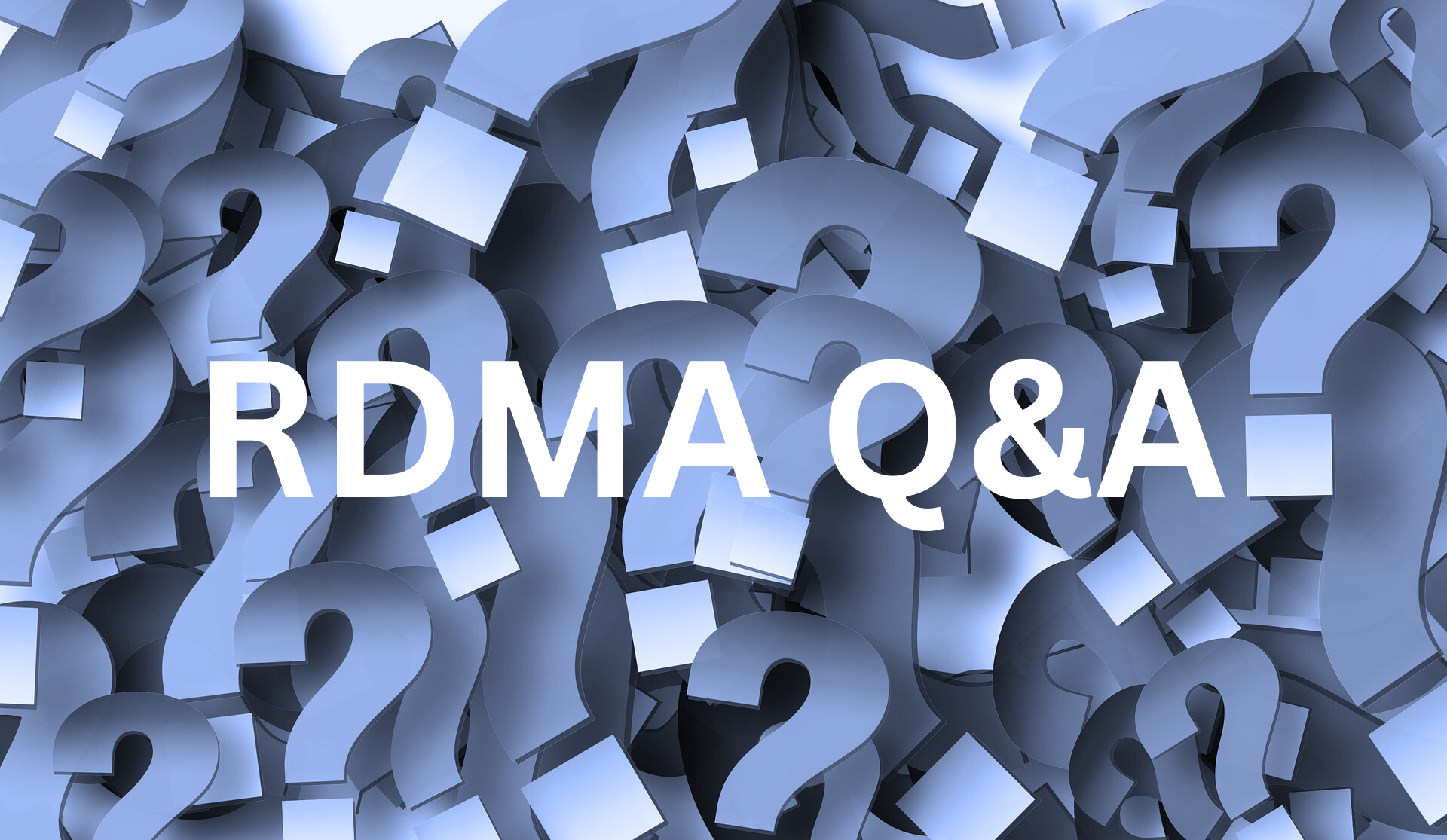The SNIA Networking Storage Forum kicked off its xPU webcast series last month with “SmartNICs to xPUs – Why is the Use of Accelerators Accelerating?” where SNIA experts defined what xPUs are, explained how they can accelerate offload functions, and cleared up confusion on many other names associated with xPUs such as SmartNIC, DPU, IPU, APU, NAPU. The webcast was highly-rated by our audience and already has more than 1,300 views. If you missed it, you can watch it on-demand and download a copy of the presentation slides at the SNIA Educational Library.
The
live audience asked some interesting questions and here are answers from our
presenters.
Q. How can we have redundancy on an xPU?
A. xPUs are optimal for optimizing and offloading server/appliance
and application redundancy schemes. Being the heart of the data movement and
processing at the server, xPUs can expose parallel data-paths and be a reliable
control point for server management. Also, the xPUs’ fabric connecting the
hosts can provide self-redundancy and elasticity such that redundancy between
xPU devices can be seamless and provide simplified redundancy and availability
scheme between the different entities in the xPU fabric that is connecting
between the servers over the network. The fact that xPUs don’t run the user
applications, (or maybe in the worst case run some offload functions for them)
makes them a true stable and reliable control point for such redundancy
schemes. It’s also possible to put two (or potentially more) xPUs into each
server to provide redundancy at the xPU level.
Q. More of a comment.
I’m in the SSD space, and with the ramp up in E.1L/S E.3 space is being
optimized for these SmartNICs/GPUs, DPUs, etc.
Also better utilizing space inside a server/node, and allow for serial
interface location on the PCB. Great
discussion today.
A. Yes, it’s great to see servers and component devices
evolving towards supporting cloud-ready architectures and composable
infrastructure for data centers. We anticipate that xPUs will evolve into a
variety of physical form factors within the server especially with the modular
server component standardization work that is going on. We’re glad you enjoyed
the session.
Q. How does CXL impact xPUs and their
communication with other components such as DRAM? Will this eliminate DDR and
not TCP/IP?
A. xPUs might use CXL as an enhanced interface to the host,
to local devices connected to the xPU or to a CXL fabric that acts as an
extension of local devices and xPUs network, for example connected to an entity
like a shared memory pool. CXL can provide an enhanced, coherent memory
interface and can take a role in extending access to slower tiers of memory to
the host or devices through the CXL.MEM interface. It can also provide a
coherent interface through the CXL.CACHE interface that can create an extended compute
interface and allow close interaction between host and devices. We think CXL
will provide an additional tier for memory and compute that will be living side
by side with current tiers of compute and memory, each having its own merit in
different compute scenarios. Will CXL eliminate DDR? Local DDR for the CPU will
always have a latency advantage and will provide better compute in some use
cases, so CXL memory will add additional tiers of memory/PMEM/storage in
addition to that provided by DDR.
Q. Isn’t a Fibre Channel (FC) HBA very similar to a DPU,
but for FC?
A. The NVMe-oF offloads make the xPU equivalent to an FC
HBA, but the xPU can also host additional offloads and services at the same
time. Both FC HBAs and xPUs typically accelerate and offload storage networking
connections and can enable some amount of remote management. They may also
offload storage encryption tasks. However, xPUs typically support general
networking and might also support storage tasks, while FC HBAs always support Fibre
Channel storage tasks and rarely support any non-storage functions.
Q. Were the old TCP Offload Engine (TOE) cards
from Adaptec many years ago considered xPU devices, that were used for iSCSI?
A.They were not considered xPUs as—like FC HBAs—they
only offloaded storage networking traffic, in this case for iSCSI traffic over
TCP. In addition, the terms “xPU,” “IPU” and “DPU” were not in use at that
time. However, TOE and equivalent cards laid the ground work for the evolution
to the modern xPU.
Q. For xPU sales to grow dramatically won’t that happen
after CXL has a large footprint in data centers?
A. The CXL market is focused on a coherent device and memory
extension connection to the host, while the xPU market is focused on devices
that handle data movement and processing offload for the host connected over
networks. As such, CXL and xPU markets are complementary. Each market has its
own segment and use case and viability independent on each other. As discussed
above, the technical solutions are complements so that the evolution of each
market proliferates from the other. Broader adoption of CXL will enable faster
and broader functionality for xPUs, but is not required for rapid growth of the
xPU market.
Q. What role will CXL play in these disaggregated
data centers?
A. The ultimate future of CXL is a little hard to predict. CXL
has a potential role in disaggregation of coherent devices and memory pools at
the chassis/rack scale level with CXL switch devices, while xPUs have the role of
disaggregating at the rack/datacenter level. xPUs will start out connecting
multiple servers across multiple racks then extend across the entire data
center and potentially across multiple data centers (and potentially from cloud
to edge). It is likely that CXL will start out connecting devices within a
server then possibly extend across a rack and eventually across multiple
racks.
If you are interested in learning more about xPUs, I
encourage you to register for our second webcast
“xPU
Accelerator Offload Functions”to hear what problems the xPUs are
coming to solve, where in the system they live, and the functions they
implement.















Leave a Reply